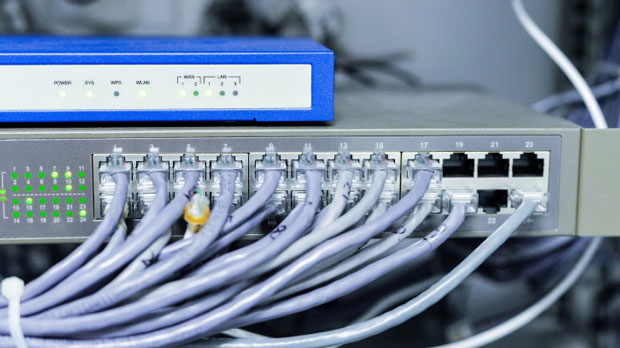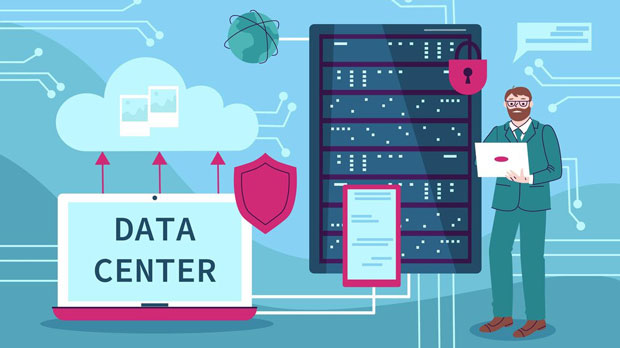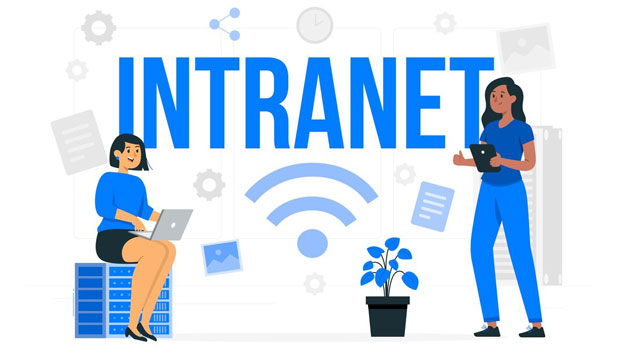Unlimited residential proxies are theoretically attractive for streaming media unlocking due to their real residential IP pools, geographic diversity, and seemingly 'natural' traffic characteristics. However, the label of "unlimited" often comes with bandwidth limitations, shared IP addresses, fluctuations in service quality, and compliance risks. Whether it is suitable depends on: the authenticity and allocation strategy of the supplier's IP, concurrency and bandwidth guarantee, anti blocking ability of streaming media services, and risk control of legal and service terms. This article will deeply analyze performance, reliability, risk detection, compliance, and alternative solutions from four dimensions, and provide practical suggestions and a selection list to help readers weigh the pros and cons in practice and make safe and effective decisions. I. Concept and the Realistic Meaning of the "Infinite" LabelFirstly, clarify two concepts: Residential proxies refer to IP addresses mapped to real residential broadband users; 'unlimited' usually refers to unlimited data or connection numbers. But in reality, 'infinite' is often a relative marketing term, which may be achieved through shared IP, dynamic rate control, or traffic scheduling. In streaming media scenarios, this means that high-frequency switching or large concurrency may appear on the surface, but underlying resources (bandwidth, exclusivity, IP freshness) may not be sufficient, which can affect the playback experience and stability. 2. Performance Evaluation: Bandwidth, Latency, and Concurrent Capability1) Bandwidth and stability: Streaming media requires high bandwidth. Real high-definition video (1080p/4K) requires stable upstream/downstream bandwidth guarantee. If 'unlimited' is implemented through speed limiting or sharing, buffering, image quality degradation, or interruptions may occur when encountering high concurrency. 2) Delay and jump frequency: Residential IP paths are complex, and delay fluctuations may be higher than data center IPs. Frequent IP switching to avoid geographical restrictions is considered abnormal behavior, leading to temporary blocking or verification code challenges. 3) Concurrent scenario: If the same residential IP is shared by multiple people, the network speed and priority of a single session will be affected, especially during peak hours. Evaluating suppliers requires requesting concurrency assurance and bandwidth SLA (service level specification). III. Risk of Detection and Blockade (Anti abuse Mechanism of Streaming Media Platforms)Streaming media platforms use various methods to detect proxy usage, including IP reputation databases, traffic fingerprints, session change frequency, and concurrent sessions with the same IP address. Residential IP can pass geographical detection in the short term, but if there are a large number of abnormal behaviors on the IP (such as a large number of visits from different cities in a short period of time, or multiple concurrent users under the same IP), or if the IP is blacklisted, the platform will trigger blocking or verification codes. If the so-called 'unlimited' is supported by reusing a large number of IP addresses, it will significantly increase the probability of being detected. IV. Compliance and Ethical Considerations1) Risk of Service Terms: Unlocking geographically restricted content through a proxy may violate the terms of use of the streaming platform, and users are responsible for their own account risks (such as being banned, restricted functions, etc.). 2) Legal compliance: In some jurisdictions, circumventing geographical restrictions through technological means involves legal gray areas, especially when it comes to copyright or regulatory restrictions. It is recommended to use it within the permitted regulations of the location and the target service location. 3) Transparency and Ethics: Enterprises or services should evaluate whether they have the right to access or distribute restricted content, and avoid using it for infringing or regulatory purposes. V. Selection and Testing Suggestions (Practical Checklist)1) Suppliers are required to provide proof of IP type, IP pool size and geographical distribution, description of concurrency within the same IP, bandwidth limit, and SLA. 2) Small scale experiment: First, use a small number of accounts to test playback stability, startup buffer time, and analyze regional content differences at different time periods. Record key indicators: average startup time, buffering times, minimum visible bitrate. 3) Testing IP freshness: Randomly select IPs and query their historical usage characteristics (whether there are a large number of concurrent or abnormal behaviors in the short term). 4) Monitoring and automatic switching strategy: Deploy session level monitoring. Once downgrading or captcha triggering is detected, switch IP addresses according to the strategy and record any changes to avoid secondary blocking caused by frequent switching. 5) Privacy and Security: Use encrypted tunnels (such as HTTPS/TLS) and restrict third-party access to logs to prevent traffic from being sniffed or abused by third parties. VI. Alternative Solutions and Hybrid StrategiesCompletely relying on ' unlimited residential proxies' is not the best solution. Recommended hybrid strategy:? Use dedicated residential IP or ISP direct connection dedicated line services for high-frequency, sensitive, or commercial grade playback to ensure bandwidth and exclusivity; Adopt an "unlimited" plan for testing, non critical, or low-cost requirements to control the budget; Combining intelligent routing with CDN: prioritize low latency paths and schedule to legitimate cloud edge nodes if necessary to enhance stability. This layered use can achieve a balance between cost and experience. 7. Cost effectiveness and long-term maintenanceIn the short term, 'unlimited' may have cost appeal, but long-term maintenance costs (account closure, frequent supplier changes, or increased manual monitoring) will increase the overall cost of ownership. When evaluating, initial costs, failure retry and customer service costs, compliance review costs, and potential legal/account risk costs should be calculated. It is recommended to conduct a TCO (Total Cost of Ownership) analysis for enterprise users, rather than just comparing unit prices per GB or per IP. Section 8: Conclusion and Practical SuggestionsSummary points: Unlimited residential proxies have natural advantages in unlocking streaming media (real IP, geographically diverse), but the "unlimited" tag often comes with unstable quality, shared resources, and higher detection risks. The actual feasibility depends on supplier transparency, IP pool quality, bandwidth assurance, and compliance strategies. Practical suggestion: First, conduct small-scale experiments to verify the playback experience and anti blocking ability; Adopt dedicated or high-quality residential IP for key businesses; establish monitoring and automation response strategies; And evaluate the risks of legal and service terms. The ultimate goal is to obtain a stable and high-quality playback experience at a controllable cost, rather than being deceived by "unlimited" marketing.
Oct 22, 2025


































































